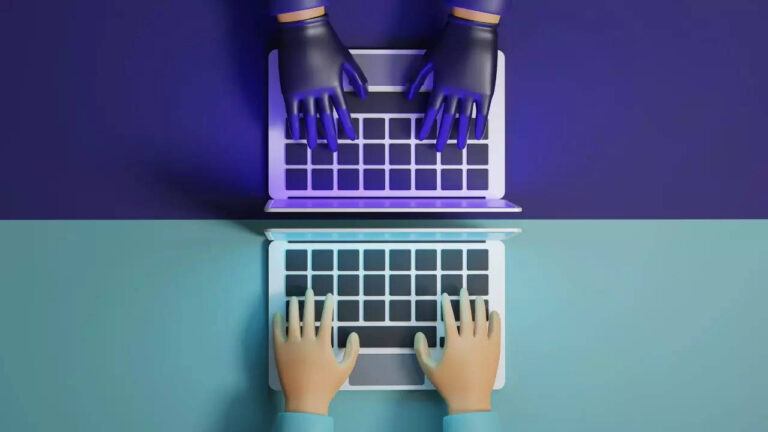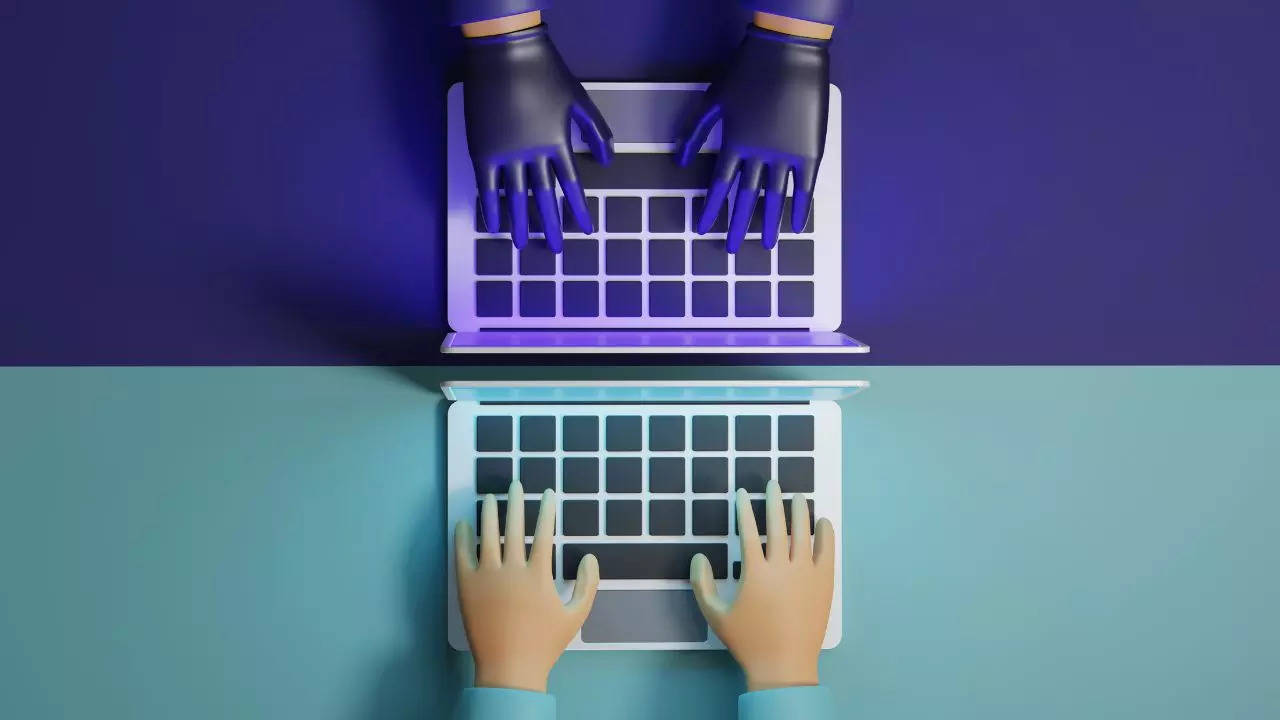
[ad_1]
Webcam hacking occurs when malicious individuals gain unauthorised access to your webcam, allowing them to spy on you, capture images or videos, and invade your privacy.This type of cyberattack can have serious consequences, ranging from identity theft to extortion and blackmail.
Signs Your Webcam May Be Hacked
- Unexpected Activation: One of the most obvious signs of webcam hacking is the unexpected activation of your webcam when you’re not using it. If you notice the webcam LED light turning on without your input or any active applications requiring webcam access, it could be a red flag.
- Unusual Behaviour: Pay attention to any unusual behaviour exhibited by your webcam, such as sudden movements or changes in position. Hackers may remotely control your webcam to pan, tilt, or zoom without your knowledge, indicating unauthorised access.
- Software Anomalies: Keep an eye out for any unexplained changes in your webcam settings or software. If you notice unfamiliar software prompts requesting webcam access or changes to camera settings that you didn’t initiate, it could be a sign of hacking.
- Network Activity: Monitor your network activity for any suspicious connections or data transfers involving your webcam. Unusual network activity, such as unauthorised access attempts or data exfiltration, may indicate that your webcam has been compromised.
Steps to stop your camera from being hacked and identify signs that your webcam may have been compromised
One of the most effective ways to safeguard your webcam is by ensuring that your operating system and webcam software are regularly updated. Software updates often include security patches that address vulnerabilities that hackers may exploit to gain access to your webcam.
- Enable Firewall and Antivirus Protection
Activate firewall and antivirus software on your computer to provide an additional layer of defence against hacking attempts. These security measures can help detect and block unauthorised access to your webcam and alert you to potential threats.
A simple yet effective solution to prevent webcam hacking is to cover your webcam when not in use. You can use a webcam cover, tape, or even a sticky note to physically block the camera lens, ensuring that no one can access it without your knowledge.
- Use Trusted Apps and Websites
Be cautious when downloading and installing applications or visiting websites that require access to your webcam. Only use reputable and trusted apps and websites, and review permissions carefully before granting access to your webcam.
Regularly monitor your computer’s webcam activity to detect any suspicious behaviour. Look for indicators such as the webcam LED light turning on unexpectedly or unusual software prompts requesting webcam access.
- Employ Webcam Security Software
Consider using webcam security software that provides advanced features such as real-time monitoring, motion detection, and alerts for unauthorised webcam access. These tools can help you detect and prevent webcam hacking attempts more effectively.
Webcam security is paramount in safeguarding your privacy and preventing unauthorised access to your personal space. By following these proactive measures and remaining vigilant for signs of hacking, you can protect yourself from webcam security threats and maintain control over your digital privacy.
[ad_2]
Source link
